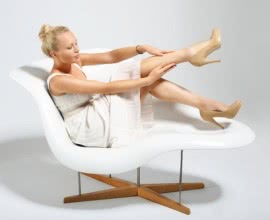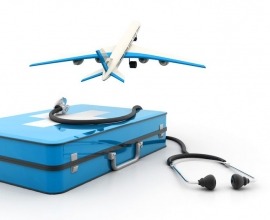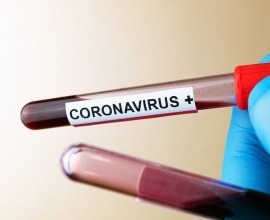VenaSeal: a New and Painless Treatment for Varicose Veins
Varicose veins as a disease is as old as humankind. We know that people already suffered from enlarged and twisted veins, and the discomfort they cause, as far back as ancient Egypt and the Byzantine Empire. That's why it's hard to believe that only now, at the beginning of the 21st century, have treatments appeared that can cure varicose veins.
Disease of a Generation
Unfortunately for our veins, we live in a time of office clerks and IT specialists, which means the sedentary lifestyle is perceived as the norm, even though it has a negative impact on our well-being. Now, more than 60% of women and about 40% of men all over the world suffer from some form of venous disease, and these numbers are growing every day. Even just ten years ago, the statistics looked much better.

The root causes of varicose veins vary, but include heredity (in more than 70% of all cases), pregnancy, obesity, menopause, aging, and prolonged sitting. As to the last, interestingly, there is actually a recently-coined term that specifically links the disease to our nine-to-five office jobs: ‘computer’ varicose veins. No matter the cause, if left untreated in the early stages, varicose veins can significantly diminish our mobility later on.
Super Glue
The different types of modern varicose veins treatment have been developed with the goal of minimising invasiveness as much as possible and eliminating pain. VenaSeal, which, as of this writing, appeared in Europe just a few of years ago, is the first to fulfil both criteria. In addition, it's also the first treatment that doesn't require any immediate post-procedural pain medication and wearing of compression stockings.
The VenaSeal procedure involves the placement of a very small amount of medical glue into the affected vein through a small catheter. The glue is designed to seal the vein so blood is immediately re-routed through other, healthy veins. Once the affected vein has been glued shut, it will undergo a process of hardening and will be gradually absorbed by the body. After the procedure, a patient can return to their normal activities right away.
VenaSeal is indicated for varicose veins that produce mild to moderate symptoms such as pain, blood clots, or skin ulcers.
Clinical studies on VenaSeal have demonstrated an initial success rate of between 94% and 98.9% (six months post-treatment). In very rare cases, possible side effects may include mild pain and inflammation along the glued vein and skin numbness. These can generally be successfully managed through anti-inflammatories (such as ibuprofen or diclofenac), light walking, and elevating the legs.

Why Treat Varicose Veins?
Just as with the spine, localised pain or dysfunction in our veins can affect our bodies globally. Back and vein problems, even though of local character, can affect our overall function and, specifically, our ability to stand, sit, and walk. It is therefore advisable to consult medical help whilst varicose veins are still strictly a cosmetic concern—before they lead to larger problems down the road.
Sources:














